Dog Breeds That Can Not Swim – Embark on a journey through the captivating universe of dog breeds encountering a distinctive challenge – swimming. This all-encompassing guide delves into the intricacies of why certain dogs don’t inherently embrace water activities and how you, as a responsible pet owner, can guarantee their safety. Brace yourself to unravel the aquatic idiosyncrasies of breeds ranging from the endearing bulldogs to the charming corgis.
In this exploration, we’ll navigate the waters of canine behavior, understanding why some dogs are more hesitant about swimming. While the image of a dog joyfully paddling through water is a common one, the reality is that not every furry friend shares the same aquatic enthusiasm. From the stout-hearted bulldogs to the lively corgis, each non-swimming breed has its unique reasons for keeping paws firmly on dry land.
8 Dog Breeds That Can Not Swim
In this dedicated section, we’ll delve deeper into the challenges faced by eight specific dog breeds that can’t swim. Gain insights into their unique characteristics and understand how to tailor your approach to their water-related needs.
Bulldogs: The Aquatic Challengers

Bulldogs, characterized by their robust physique and distinctive wrinkled faces, might project an image of strength. However, the reality is that these lovable companions face a considerable challenge when it comes to swimming. Their short snouts and dense bodies, while endearing, are not conducive to aquatic adventures. Bulldogs lack the streamlined features that facilitate effortless swimming, making this activity more of a challenge than a joy for them. Despite their muscular build, water may not be their preferred domain, and understanding their limitations is essential for ensuring their safety and well-being.
Also Read:- Tips to Build a Strong Bond With Your New Puppy
Pugs: Adorable but Aqua-Challenged
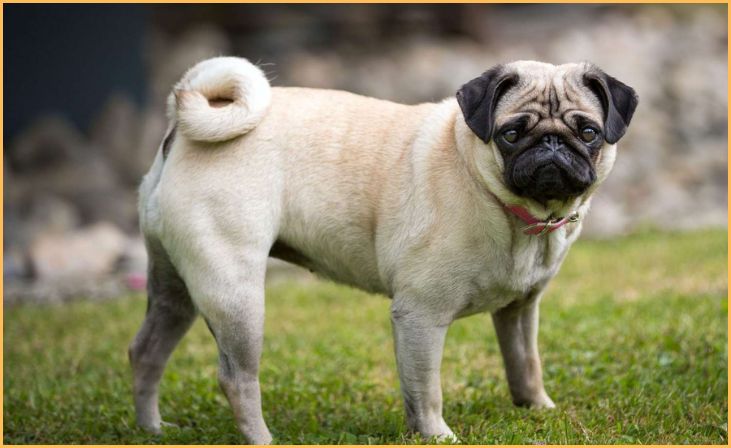
Pugs, with their irresistibly adorable wrinkled expressions, effortlessly steal the hearts of dog enthusiasts. Yet, beneath their charming exterior lies a characteristic that sets them apart in the realm of swimming – their anatomy. Specifically, their short noses pose a challenge when it comes to enjoying water. Pugs may not find swimming as enjoyable as other activities, and their aqua-challenged nature requires pet owners to approach water-related activities with sensitivity and understanding. Acknowledging this aspect of their physiology ensures a positive and comfortable experience for these lovable companions.
Dachshunds: Land-Loving Wieners
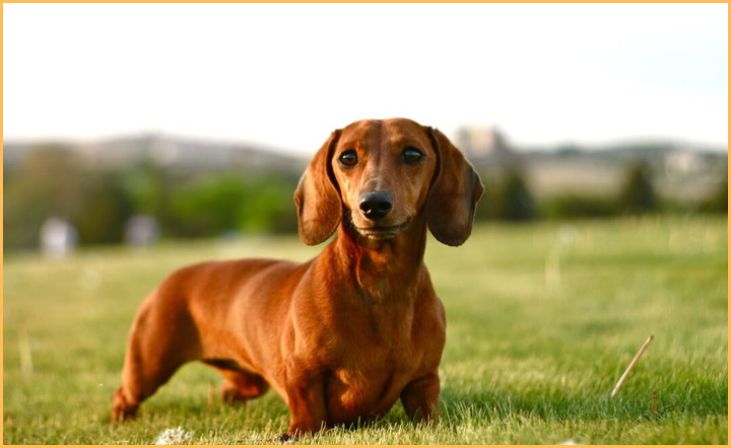
The iconic Dachshunds, often referred to as wiener dogs, boast an elongated body that aligns well with solid ground but presents challenges in aquatic environments. Their unique physique, characterized by short legs and a distinctive elongation, makes swimming a less favored activity. While their spirited personalities shine on land, their swimming prowess may not match their terrestrial enthusiasm. Understanding the preferences of these land-loving wieners is key to providing a fulfilling and enjoyable life for these distinctive dog breeds.
Basset Hounds: Droopy and Water-Averse
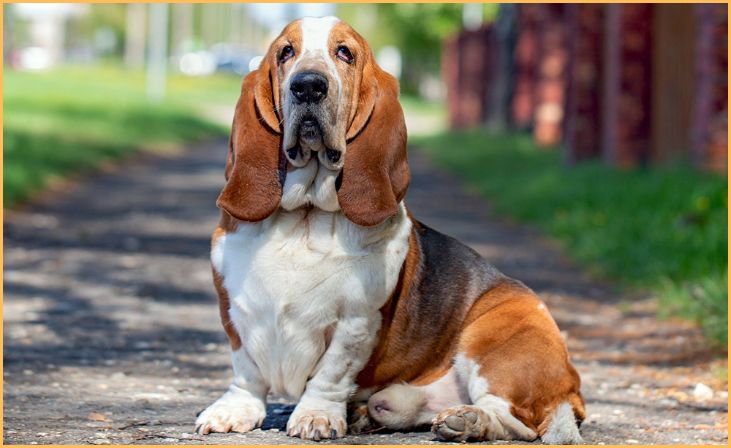
Despite their droopy ears and soulful eyes, Basset Hounds aren’t characterized by enthusiasm for water-related activities. Their low-slung bodies and heavier build are better suited for land-based adventures. The droopy features that add to their charm also contribute to their water aversion. Recognizing that these dogs may not be inclined to dive into the deep end is essential for creating a safe and comfortable environment that aligns with their preferences.
Shih Tzus: Elegant, Not Excellent Swimmers
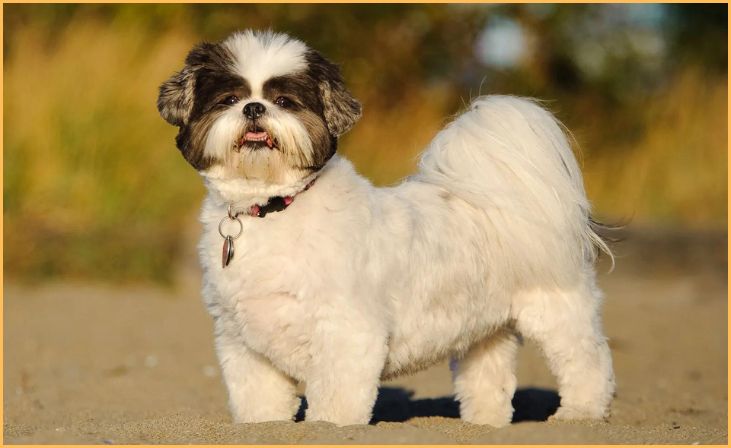
Shih Tzus, with their regal elegance, may not be the first breed that comes to mind when thinking about proficient swimmers. Their refined appearance, characterized by long, flowing coats and compact bodies, can pose challenges in the water. While their elegance is undeniable, their swimming skills may not match their sophisticated demeanor. Pet owners of Shih Tzus should be aware of these challenges and approach water activities with the gentleness and care these charming companions deserve.
Boxers: Energetic but Aquaphobic

Known for their boundless energy and playful demeanor, Boxers may surprise many with their reluctance to embrace swimming. This seemingly contradictory trait requires understanding the reasons behind their aquaphobia. Whether it’s their buoyant nature or a unique aspect of their physiology, recognizing and respecting their preferences contributes to a harmonious relationship between Boxers and water-related activities.
Corgis: Cute, but Not Cut Out for Swimming
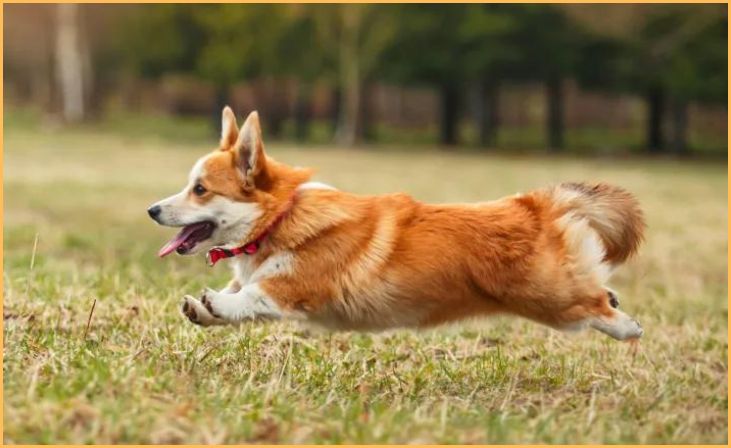
Corgis, with their adorable stubby legs and fluffy bodies, are undoubtedly a favorite among dog lovers. However, their cuteness doesn’t necessarily translate into swimming prowess. These charismatic dogs face unique challenges in the water due to their physical characteristics. Understanding and addressing these challenges is crucial for providing a safe and enjoyable experience for these beloved companions.
French Bulldogs: Not French in the Water

Despite their French moniker, French Bulldogs share similarities with other bulldog breeds when it comes to aquatic challenges. Their compact build and short snouts create hurdles for effortless swimming. While not completely averse to water, French Bulldogs may not find swimming as enjoyable as other activities. Owners should be mindful of their unique needs to ensure a positive water experience for these delightful canine companions.
Also Read:- Most Popular Dog Breeds in the US
Conclusion
As we conclude our exploration into the world of non-swimming dog breeds, it’s evident that our furry companions, much like humans, have unique preferences. From the robust Bulldogs to the charming Corgis, understanding their aquaphobia is not just a matter of recognizing limitations but embracing the diversity within the canine world.
Responsible pet ownership goes beyond adhering to stereotypes. It’s about acknowledging and respecting the individuality of each four-legged friend. While some may eagerly take to the water, others may find it challenging. Our role as pet parents is to create an environment where they feel safe, understood, and free to be themselves, whether that involves making a splash or keeping paws firmly on dry land.
Frequently Asked Questions
A: Non-swimming breeds often exhibit certain physical characteristics, such as a dense build, short snouts, or elongated bodies. However, individual preferences vary, and observing your dog’s behavior around water can provide valuable insights.
A: Yes, with patience and positive reinforcement, many non-swimming breeds can be trained to swim. Gradual introductions to water, coupled with encouraging experiences, can help build their confidence.







